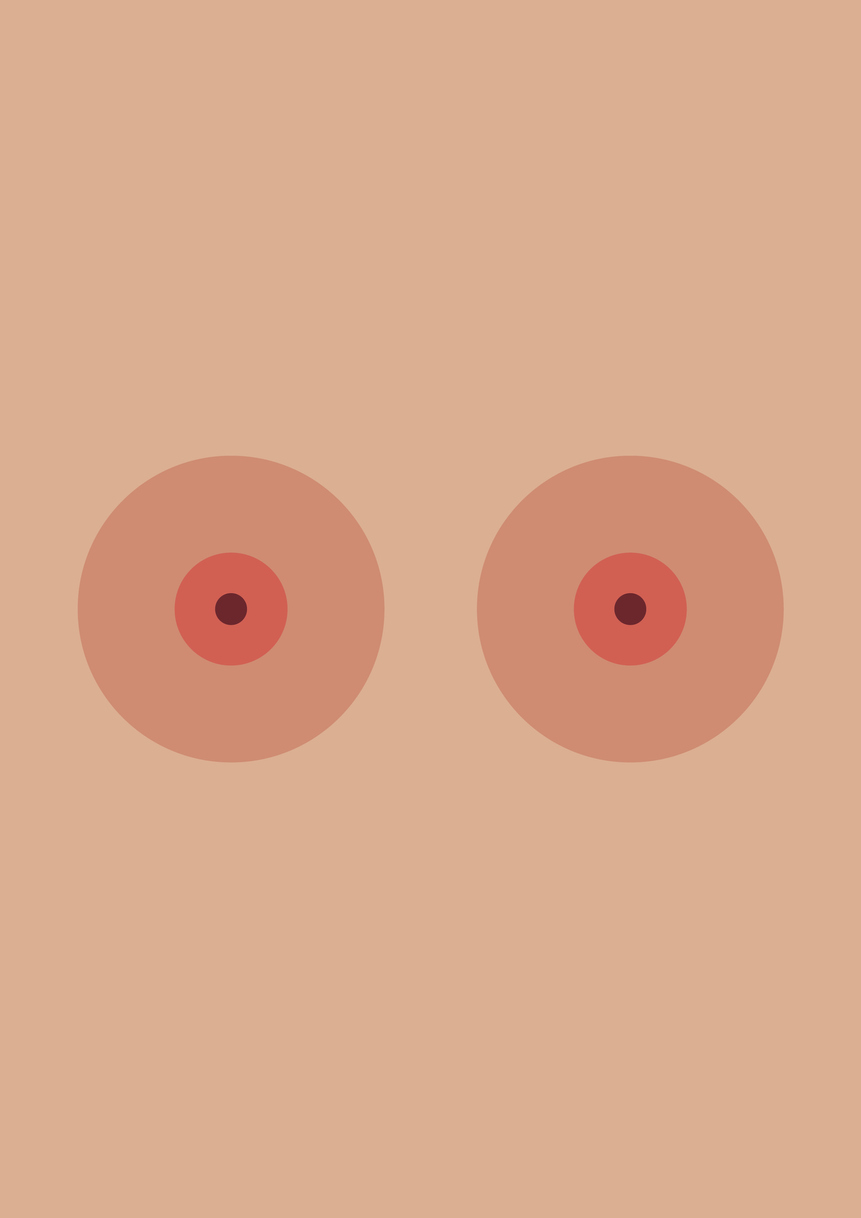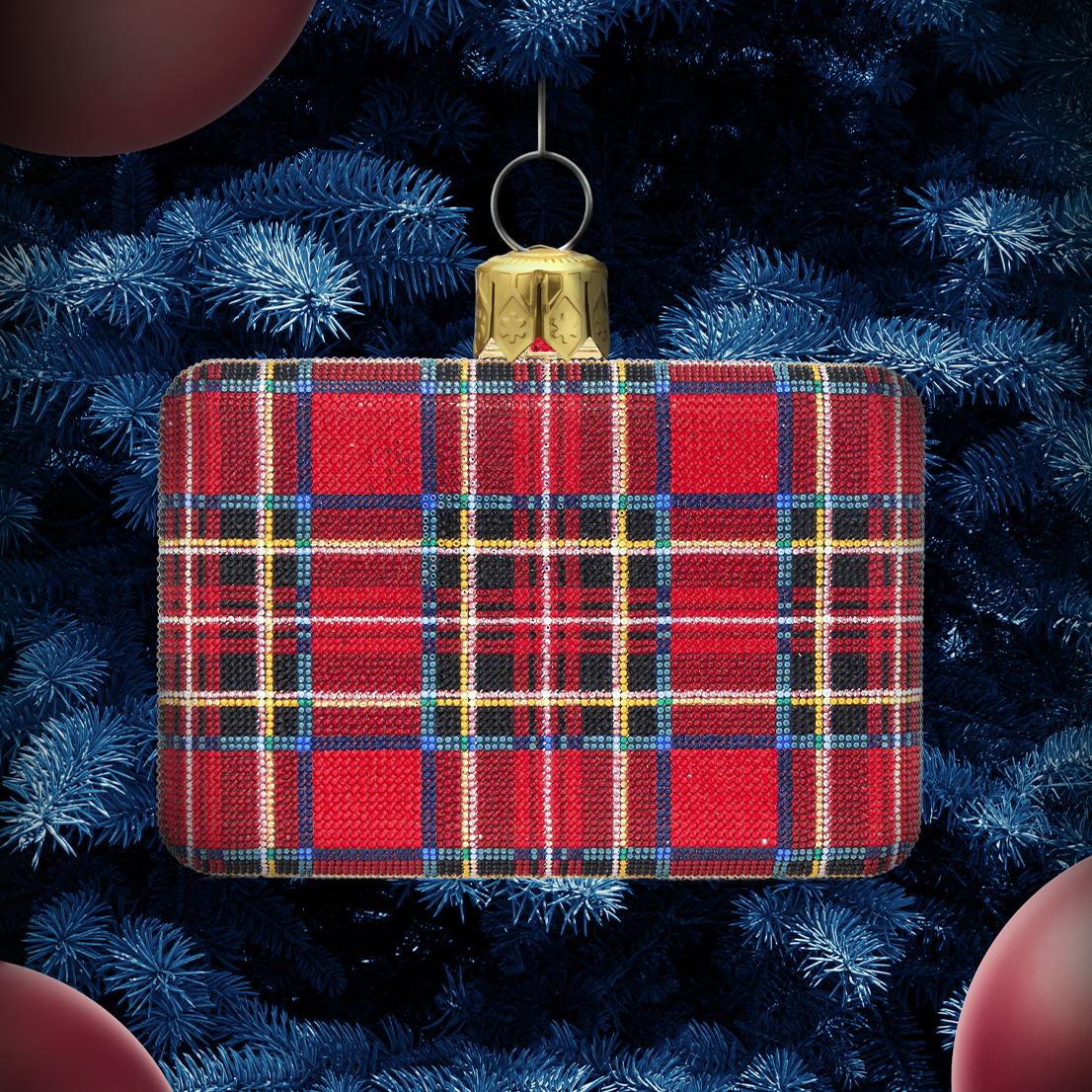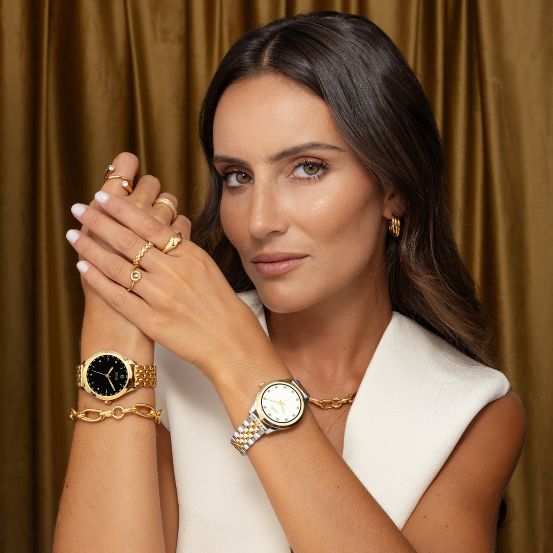If we showed you really close close-ups of two nipples, would you be able to tell apart which one is the male and which is the female? Of course.
If we showed you really close close-ups of two nipples, would you be able to tell apart which one is the male and which is the female? Of course. The women's is the one that+s censored and the man's one isn't. Or maybe the female is simply not there because "the content was removed for violating community rules". How can we move on to gender equality when, in simple body details that are the same, one is considered offensive and the other is not?

There's no need to turn this into a text on gender equality - it will be, nevertheless, implicit -, but we do need to turn this into and article that asks questions: why is the female nipple such a vilain? Some kind of Voldemort, excuse me, it-who-must-not-be-posted of social media and our day to day lives? Why can a man run naked from the waist up in the park or wherever, but a woman is scolded for breastfeeding in public? Why is one free and the other immoral? Obviously, must have something to do with its evil power: have you ever seen such a tiny thing censuring Instagram images, closing down Facebook accounts, causing so much fuss and even hitting blows on a career? Janet Jackson can vouch for that, finding out the hard way the hiper-influence of a naked boob: in the famous Super Bowl halftime show, in 2004, the singer's performance with Justin Timberlake ended with him ripping half of her Alexander McQueen corset top, at the same time he sung the last verse of Rock Your Body, which says “you’ll be naked before the end of this song”. He was right: instead of ripping the top of the corset, unveiling Jackson's red bra - which he later swore was what was supposed to happen -, he uncovered her whole left nipple-pierced breast, leaving Janet in a very ashamed awe and the audience gasping - the whole 147 million watching it live. For this reason, because of this nipple that was showed for half a second - just half a second -, live broadcasts started happening with a 5 second delay from then on to ensure these kind of episodes could be prevented by showing other angles. Overreaction? Please insert eye-roll emoji here. But the worst was yet to come: even though the country and the world were divided between the ones that believed the seriousness of the matter and the ones that felt this was all blown out of proportions, the backlash of the incident that became known as Nipplegate meant for Janet seeing her music portfolio banned from MTV and VH1 and all Viacom radios, at the same time that CBS and MTV (network responsible for transmiting the game and channel in charge of the halftime entertainment, respectively) were fined in 550 thousand dollars by the FCC (Federal Communications Comission), Ruling that was later anuled in 2011. A list of collateral damages followed, for Jackson, including getting into the Guinnes Book of World Records as most searched celebrity for this piece of news, being the object of personal vendetta for CBS's CEO after the event, that for years tried to ruin the singer's career (reports The Huffington post, years later), and going through an embarrassing interview with David Letterman, closely after the nipple episode, in which she wanted to promote her new album, but instead had to endure a series of jokes about the matter for roughly 15 minutes non stop that are as uncomfortable to watch as how funny the host of the Late Show thought they were. All of it over a nipple. And the backlash for Justin Timberlake? The paragraph isn't over and you might not even remember he was part of this story.
It's because of this chapter and others like it that inevitably a movement like Free the Nipple had to start - and it did, in 2012 -, one that is also a hashtag following the censorship in social media, plus an appeal turned movie in 2014. The campaign Free the Nipple is part of the political and cultural movement Topfreedom (which purpose is to change laws in order that women can have their breasts showing in public places in equal terms as men or, at least, lift up the bans for women to have their breasts covered at all times - the matter of breastfeeding is one of their biggest battles) and focuses on this idea that men can be bare-chested in public, but when a woman does it, it's considered sexual and indecent. The movement wants to draw attention to the injustice of this double standard and argues that it should be legally and culture-wise acceptable to show female nipples without shame - better yet, without shaming - since male nipples have that privilege. The movie with the same name that followed it wanted to raise awareness for gender equality matters so as to promote a discussion about an America that glorified violence and repressed sexuality, explained Lina Esco, the director: "Did you know an american child sees more than 200.000 acts of violence and 16.000 homicides on TV before turning 18, but doesn't see one single woman's nipple?", she teased, in an opinion article published on The Huffington Post. While the film was being shot, Esco kept publishing some teasers for the work, on Facebook, with the hashtag #freethenipple. In 2013, the social platform removed those tiny videos, saying it violated the network guidelines, an attitude that only promoted the wave of support to the movement - and the film -, namely by celebrities like Lena Dunham, Miley Cyrus and Rihanna, just a few of the famous names that shared pictures on their social media backing publicly Lina's battle.
Over the years, women have been arrested or accused of indecent exposure, sexual behaviour or for disturbing the peace just for showing their breasts, even in jurisdictions that don't forbid it. In 2015, the campaign reached Iceland, where a student activist posted a photo of herself in topless and was harassed for doing so. In an act of solidarity, member of Parliament Björt Ólafsdóttir, did the same. In 2016, two young women were arrested for indecent exposure when they crashed, naked from the waist up, an appearance by senator Bernie Sanders, in Los Angeles. They spent 25 hours in jail and sued afterwards the police department for the unfair accusation, as they had never really been naked (meaning they hadn't showed their genitalia). The Free the Nipple events multiplied throughout the world, but the nip of the question must have never reached social media. The bright side is that it spiked the creativity of its users, because censoring nipples seems to have turned into an art form: exes, blurred, hearts, flowers - drawn or real - black bars... there are as many inventive ways of hiding a nipple (women's, that is) as your imagination will allow. A creative gymnastics fueled by the Instagram's and Facebook's community rules, that allow female nipples in paintings and sculptures, but not in photography (unless it's in the context of breastfeeding and maternity - only authorized from 2014 following the pressure of a group of activists -, health or in an act of protest or awareness for a cause). In fact, if you search for the hashtag #nipple, you won't find any results with that single hashtag. Though, luckily, for #freethenipple, there are more that 4 million posts - almost all of them with the nipple unfreed... Obviously, good judgement is required when it comes to baring your breasts, not every topless is an artistic nude (though, then again, some clothed pictures are more raunchier than the naked ones), but when a cover featuring Sharon Stone on the cover of Vogue Portugal with a bare-but-barely-there nipple is removed from Instagram's feeds, you know we're far form having an AI that's intelligent - or sensitive. When images like that are seen as offensive and the millions of images of shirtless men are as fine as that pasta Alfredo dish that you ate in that so IG-ready restaurant, the line between acceptable and censorship is diluted. On top of that, art suffers the blow, as many photographers and artists that work with this kind of photography have to be extra careful when sharing their life's work as it may result in a removed post or, worse yet, cancelled account. Later last year, a series of artists and activists got together in an office at Instagram's headquarters, in Manhattan, to try and compromise with the social media, but to no avail. "We're not trying to force the judgement [of Instagram] on the way nipples should be seen in society's view", commented Karina Newton, head of the platform's public policy, to The New York Times, november 2019, admitting that the system isn't perfect and that mistakes can and happen. "We're trying to reflect the susceptabilities of the wide and diverse audience we have from countries and cultures throughout the world in our policies", she explained, to argue this "stalking" to this particular part of the body (and beyond that). And that search to please a vast audience detects a problem that's clearly more profound: the female nipple is considered an erogenous zone and is sexualized by society for years, long before social media labeled it as an area non grata. The problem is within us, that still look at it as pornographic and not anatomic. Maybe if Instagram didn't removed the post with explicit female nipples, some user would report it because they'd be offended by it. But censorship, history hows, is made of these kind of people. And the matter is so peculiar that there are some that say Jennifer Anniston is the original gangster of the Free the nipple movement because Rachel Green, her character in Friends (1994-2004), had many times - get this - her nipple contour showing under her tops and sweaters: "Yeah, I don't know what to tell you about it", Anniston shared with Vogue in 2017. "It's one of those things, I guess. I wear a bra, I don't know what to tell you. And I don't know why are we supposed to be offended by them - that is how my breasts are!"
Are we ashamed of them or are we offended by them? Maybe a little bit of both: when we grow up thinking we have to cover them, the two feelings are intrinsecaly connected - we don't show nipples, because we shouldn't; we don't want to see them, because we were taught we shouldn't show them. But it shouldn't be a duty, it should be a right - and a choice. And this is important: wanting to have the right to expose nipples without a double standard comparing to the male population, doesn't mean you'll be topless on a daily basis. I want that there are no differences in treating nipples, women or men's, but choose to leave the house qith a sweater, or a dress, or a blouse. Above all, the search is for a normalness related to a woman's breasts, as opposed to them being vilified. Specially in what concerns breastfeeding, as it is a right and perfectly natural fuction in maternity and cannot continue to be regarded as offensive when done in public. A child drinking their mother's milk is life happening, it shouldn't be mandatory to hide it. But in 37 north-american states - and a too many too mention list of countries -, it is illegal for a woman to show her breast, event to feed her child, reports Lina Esco on The Huffington post. In Australia, for instance, laws of indecent exposure only applies to the genital area, but local police have the authority to ask for a woman to cover or leave if she is topless in public, citing laws of offensive behaviour or for disrupting the peace. In the UK, you can go topless at the beach, though there are laws that forbid uncovering you breasts in public. In Portugal, to go bare at the beach has no legal frame, the law lacks a few details, but if there are complaints, the Police will intervene.
But we digress. We still haven't tackled an interesting nuance on this matter and that takes us to the question at the beginning of the matter: "The nipple, the part you can't show, is what everybody has", argues Miley Cyrus to TV host Jimmy Kimmel. Cyrus is known for constantly breaking the guidelines of social media, provoking its AI with pictures of herself bare-chested. "But the boob round part, that not all of us have... that you can show. I never understood how that works." These two measures are so shocking because of this: if the core of the matter is the same, why isn't the perception as well? It looks like a detail in light of other world problems, but it's just a starting pont for an even bigger discussion: gender equality. [I tried not to make this an article about gender equality, but it is, nevertheless, implicit.] Because Free the Nipple isn't a struggle for all of us suddenly start hitting the streets with our bare breasts, it's a campaign focusing on equality and empowerment for all human beings. It's a mission so that women can reclaim their bodies, their sexuality and their safety back. It's about thinking openly about gender equality and, consequently, about freedom, using human anatomy to show that women and men are the same, as in, they deserve the same rights - even in something that to some may sound as frivolous as going topless. "If it becomes legal for a woman to show her breasts in public, do you honestly think that all women are going around naked from the waist up?, questions Eco. "Free the nipple is about having a choice", she says. Free the nipple is less, so much less, about Instagram's policies, and more, so much more - it's all, atually - about equality. And freedom. "Free the nipple is just a platform", the director told i-D, in 2016. "It's not something that's mine, it's something that's everyone's. We all have the responsibility to spread the word."
This article was originally published in Vogue Portugal's Freedom issue, from April 2020. Para ler este artigo em português, veja a edição de Liberdade da Vogue Portugal.
Relacionados




.jpg)

.jpg)

